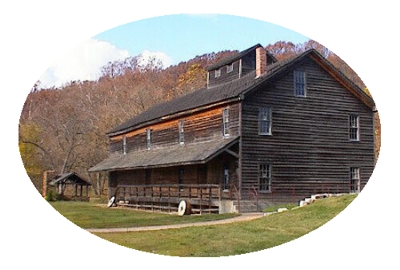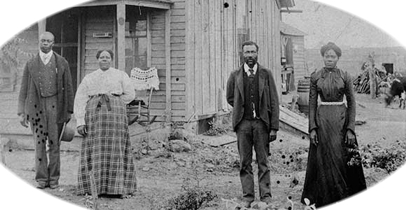
by Sharon Hall | Apr 9, 2014 | Digging History Magazine, Ghost Town Wednesday
Even the most successful business people make mistakes or propose ill-conceived ideas. Such was the case when mega-successful Henry Ford conceived a plan to plant and maintain his own rubber plantation in Brazil. At the time, Ford Motor Company was probably one of...

by Sharon Hall | Mar 12, 2014 | Digging History Magazine, Ghost Town Wednesday
This ghost town was originally named “Rock Island” but was later changed by the Rock Island and Pacific Railroad to “Glenrio” or “Glen Rio”. The name was a curious choice, however, since “glen” means...
by Sharon Hall | Feb 19, 2014 | Digging History Magazine, Ghost Town Wednesday
The Elkhorn-Coolidge Historic District is located in the northern part of Beaverhead County, Montana and south of Butte. In 1872 silver was first discovered by Preston Sheldon, and his first shipment of ore yielded 300 ounces per ton. He supposedly named the mine...

by Sharon Hall | Feb 5, 2014 | Digging History Magazine, Ghost Town Wednesday
On September 4, 1848, a forty-acre tract of land in Newton County, Missouri was sold by Frederick Hisaw to John and Thomas D. Isbell for $300. Upon this land the Isbells built a distillery and grist mill (Jolly Mill), perhaps with slave labor, according to local...

by Sharon Hall | Jan 29, 2014 | Digging History Magazine, Ghost Town Wednesday
The American West has hundreds of abandoned ghost towns, but east of the Rockies some refer to towns that may still have a few residents as “quiet towns”. These towns have diminished over the years as residents moved away to bigger cities, post offices and schools...

by Sharon Hall | Jan 22, 2014 | Digging History Magazine, Ghost Town Wednesday
In the early 1920’s, James Albert Chambless of Arkansas settled in the Amboy area, near the intersection of Cadiz road and the National Trails Road. The family built a store in the late 1920’s after the National Trails Road was renamed Route 66. In 1932,...





